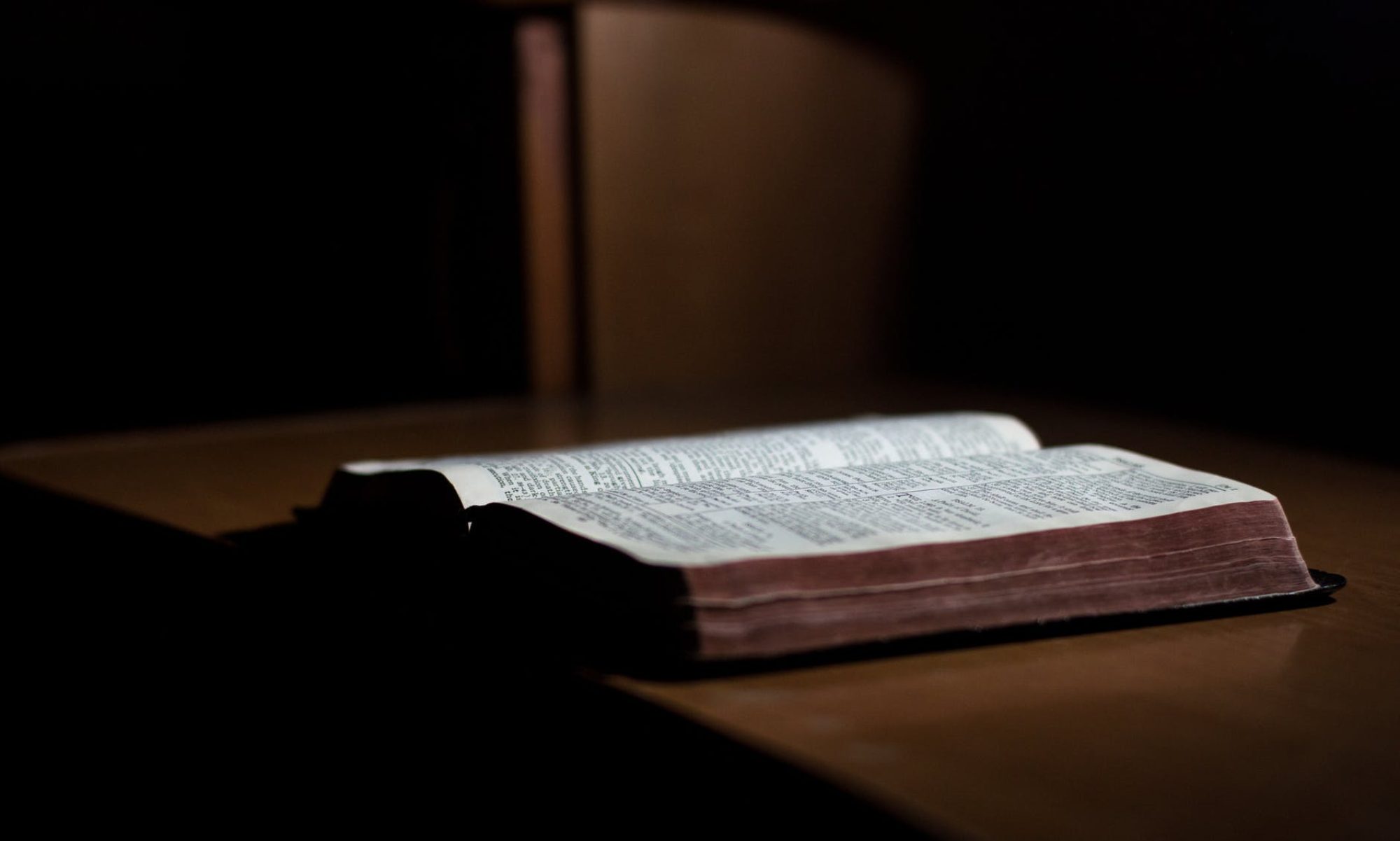According to a second philosophical view, the coherence theory, there is a kind of truth that pertains less to physical realities or events than to a set of propositions within which a claim may be regarded as true if found to be logically consistent—or coherent—with the rest of the data set.
From Christianity and Literature: Philosophical Foundations and Critical Practice
Early in their volume, David Lyle Jeffrey and Gregory Maillett provide three models of truth that the Christian literary critic must understand and be ready to encounter. The coherence theory is the second of these.
It is the one that most closely aligns with the critical term “structure” and the critical school “structuralism” that I’ll be investigating this week.
The essay on “structure” from Critical Terms for Literary Study concludes with this claim:
“Structure” is one of the key terms of our postmodernity because it openly acknowledges its claim for scientific rigor as well as its fabricated character.
From John Carlos Rowe’s essay “Structure”
This is the tension of the coherence theory of truth in one pat definition. It demands rigor, a kind of internal logic (i.e. rational and scientific), while on the other hand admitting that it’s not true (i.e. that it does not correspond to objective reality).
Rowe’s essay is considerably denser than WJT Mitchell’s, so I’ll be ruminating on it more before sharing the central claims in Rowe’s definition. Suffice it to say that structuralism is premised on a Kantian inability to describe the transcendental realm. Structuralism in its many forms shows humans making the world over in their image in an attempt to understand a fundamentally alien reality. While some theorists–Roland Barthes and Northrop Frye, for example–see this process as liberal and humane, it is also disconnected from truth and the divine.
The chief question is, then, where should the structure of thought come from? What should they be?
